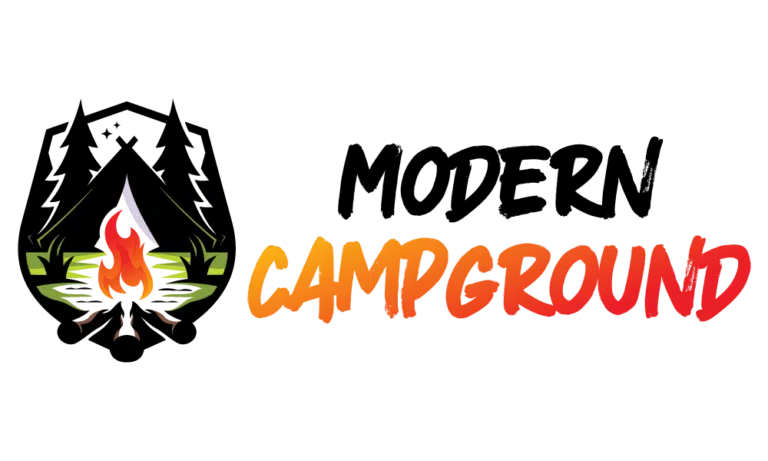Changes to Arkansas’s 2025-26 waterfowl hunting regulations are set to affect both conservation priorities and regional tourism. Hunters and hospitality operators alike are paying close attention to the shortened Special Early Teal Season and an increase in daily bag limits for northern pintails. Local officials have noted these measures are part of broader efforts to protect bird populations while maintaining visitor traffic at significant wetland destinations across the state.
Blue-winged teal numbers have fallen to 4.6 million, prompting officials to reduce the early teal window from 16 days to nine. A commission note indicates that this move aligns with federal frameworks designed to conserve species recovering from population dips. Officials anticipate that the compressed schedule will funnel more hunter arrivals into a narrower time frame later in September.
“We’ve dropped under that threshold, so the more conservative early season of nine days was enacted in the federal frameworks. We have set the season to still take advantage of two full weekends at the end of September,” said Brett Leach, AGFC Waterfowl Program Coordinator. A recent update attributes these remarks to the official decision-making process, underscoring the balancing act between limiting teal harvests and ensuring hunting opportunities remain vital for tourism.
Local economies, especially in Stuttgart—often called the “Duck Capital of the World”—may see shifting visitor behavior as a result of this shortened teal season. Fewer teal-hunting days might reduce early-fall bookings, while potentially concentrating demand into a narrower schedule in September.
Officials have also approved a higher daily bag limit for northern pintails, raising it from one to three. “The models for pintails are being updated to reflect the latest data, and we consistently see that daily bag limits play a much lower role in population dynamics than other factors like declining habitat,” said Luke Naylor, AGFC Wildlife Management Chief. This report highlights that shifting habitat conditions have historically presented bigger challenges for pintail recovery than regulated harvest limits.
Naylor added, “The interim harvest strategy of a three-pintail daily bag limit is a cautious step toward offering more opportunity for hunters…with evaluations and monitoring to keep an eye on any population effects. The strategy calls for three years of a three-bird bag, but those seasons do not need to be consecutive.” The higher limit is expected to encourage more hunting activity later in the season, potentially dispersing tourism benefits beyond the early-fall period.
These adjustments come as officials continue to plan Youth, Veterans’ and Active-Duty Military Hunts for Feb. 7–8, 2026. Officials note that this schedule can promote multi-generational trips and a steady flow of visitors even as the waterfowl season winds down. By extending activity beyond January, rural businesses may be able to preserve revenue across a broader stretch of winter.
Meanwhile, operators of campgrounds and other sites near wetlands often seek ways to mitigate environmental impacts. Widely recognized practices include using permeable surfaces for parking and landscaping with native plants to better support local wildlife. These measures can help reduce runoff into water systems that migratory birds depend on, aligning with ongoing efforts to maintain healthy habitats.
Waste management and modest greywater reuse methods, where allowed, are also known to lessen strain on wetlands. Signage educating guests about the importance of maintaining quiet conditions and respecting wildlife further strengthens conservation awareness. These steps demonstrate a commitment to the same preservation goals that underlie adjustments to hunting frameworks.
Beyond the ecological sphere, many operators apply diversified marketing approaches to capture demand during shifting seasonal windows. Martrek Digital’s case study describes strategies that use data analytics to tailor offerings and boost occupancy when hunting activity may be subdued. By offering off-peak packages, partnering with local outdoor experts, or creating themed winter events, properties can draw visitors beyond peak hunting days.
In addition, pairing hunting-focused visits with birdwatching tours or eco-friendly excursions can engage a broader audience. Campground and lodging managers may find that bundling diverse recreational options with available hunting opportunities stabilizes revenue across the season while appealing to more traveler segments.
Arkansas officials have presented these new guidelines as a reflection of evolving waterfowl population data and efforts to balance conservation with economic considerations. The updates to pintail harvest models and teal population thresholds emphasize an adaptable approach. Whether it involves a nine-day teal season, a higher pintail limit, or specialized hunts in February, each part of the 2025-26 waterfowl plan seeks to address the interests of hunters, local businesses, and wildlife sustainability.


